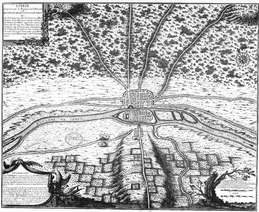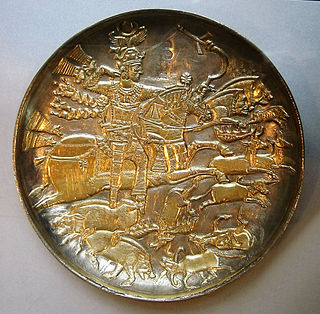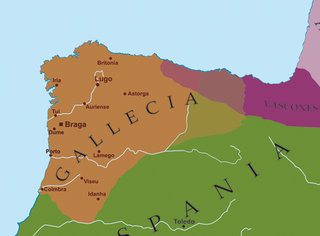| Millennium: | 1st millennium |
|---|---|
| Centuries: | |
| Decades: | |
| Years: |
| 508 by topic |
|---|
| Leaders |
| Categories |
| Gregorian calendar | 508 DVIII |
| Ab urbe condita | 1261 |
| Assyrian calendar | 5258 |
| Balinese saka calendar | 429–430 |
| Bengali calendar | −85 |
| Berber calendar | 1458 |
| Buddhist calendar | 1052 |
| Burmese calendar | −130 |
| Byzantine calendar | 6016–6017 |
| Chinese calendar | 丁亥年 (Fire Pig) 3205 or 2998 — to — 戊子年 (Earth Rat) 3206 or 2999 |
| Coptic calendar | 224–225 |
| Discordian calendar | 1674 |
| Ethiopian calendar | 500–501 |
| Hebrew calendar | 4268–4269 |
| Hindu calendars | |
| - Vikram Samvat | 564–565 |
| - Shaka Samvat | 429–430 |
| - Kali Yuga | 3608–3609 |
| Holocene calendar | 10508 |
| Iranian calendar | 114 BP – 113 BP |
| Islamic calendar | 118 BH – 117 BH |
| Javanese calendar | 394–395 |
| Julian calendar | 508 DVIII |
| Korean calendar | 2841 |
| Minguo calendar | 1404 before ROC 民前1404年 |
| Nanakshahi calendar | −960 |
| Seleucid era | 819/820 AG |
| Thai solar calendar | 1050–1051 |
| Tibetan calendar | 阴火猪年 (female Fire-Pig) 634 or 253 or −519 — to — 阳土鼠年 (male Earth-Rat) 635 or 254 or −518 |

Year 508 ( DVIII ) was a leap year starting on Tuesday of the Julian calendar. In the Roman Empire, it was known as the Year of the Consulship of Venantius and Celer (or, less frequently, year 1261 Ab urbe condita ). The denomination 508 for this year has been used since the early medieval period, when the Anno Domini calendar era became the prevalent method in Europe for naming years.


